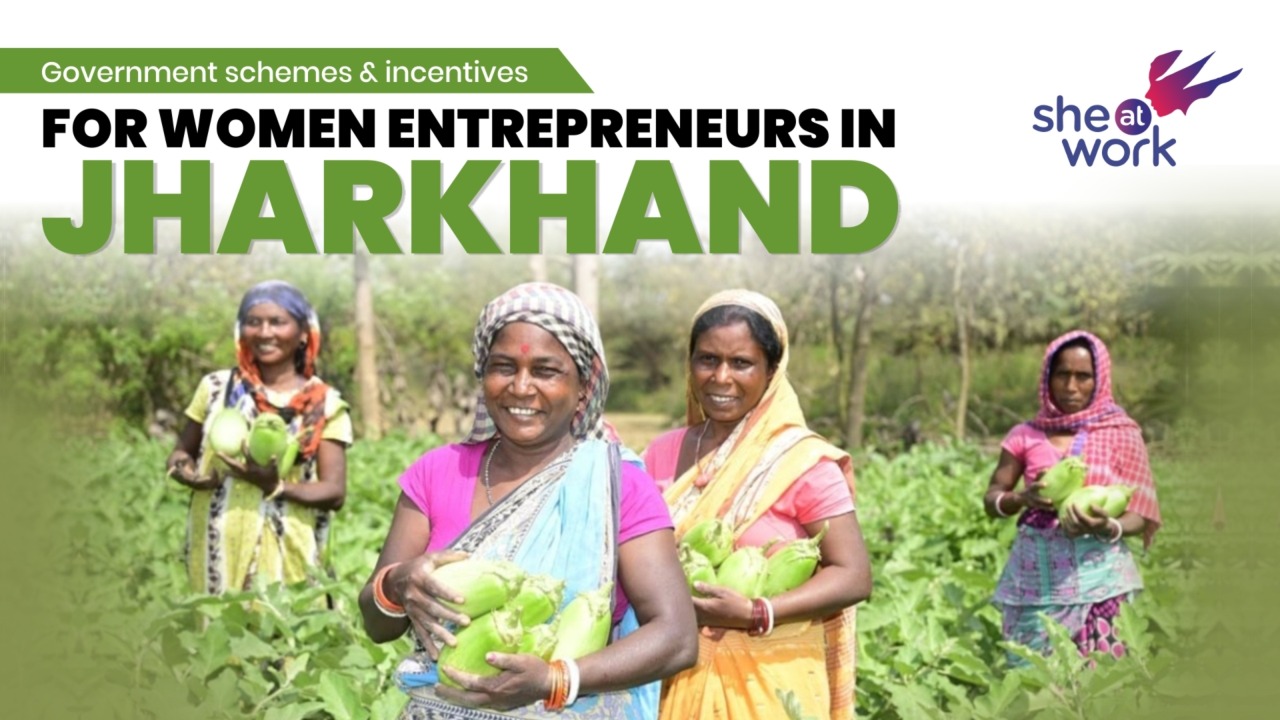Here are some key statistics that paint the current scenario for women’s literacy in Jharkhand
1. Introduction
Literacy is not merely the ability to read and write—it is a foundational capability that enables people to engage with their communities, access rights and services, participate in democracy, improve livelihoods, and realise their potential. When it comes to women’s literacy in Jharkhand, the story is one of both persistent challenges and meaningful progress.
2. The Situation: What do the numbers say?
Here are some key statistics that paint the current scenario for women’s literacy in Jharkhand:
-
According to the 2011 Census, Jharkhand’s female literacy rate was about 55.42%, compared to male literacy at around 76.84%. (www.censusindia.co.in)
-
The overall state literacy rate was 66.41%, which is lower than the national average. (Census of India)
-
The female literacy rate in rural Jharkhand was particularly low: about 48.91% in rural areas, compared to 75.47% in urban areas. (www.censusindia.co.in)
-
A recent update: Between 2019-20 and 2023-24, female literacy improved at an annual rate of 2.5%, while male literacy improved only about 0.47% annually. During this period, female literacy climbed from about 64.1% to 70.6%. (ThePrint)
-
As of 2023-24, the gender disparity index in literacy in Jharkhand improved from ~0.79 to ~0.85 (closer to the national average of ~0.86). (India TV News)
These figures indicate a clear gender gap in literacy, especially among women in rural and tribal areas—but also a positive trend with faster improvement in female literacy in recent years.
3. What are the key challenges?
Several recurring obstacles hold back women’s literacy in Jharkhand. These include:
a) Geographic & rural-urban divide
Many women live in remote rural or tribal areas where schools, adult literacy centres, and transport are scarce. The stark difference between urban (female literacy ~75.47%) and rural (~48.91%) highlights how location matters. (Indiagraphy)
b) Socio-economic factors
Poverty, early marriage, household responsibilities, and child-care burdens often limit girls’ and women’s opportunities to attend school or literacy classes. Traditional gender norms play a big role as well.
c) Tribal & marginalised communities
Jharkhand has a significant tribal population. Educational infrastructure, language barriers, and cultural factors may make access to schooling or literacy programmes more difficult for women in these communities.
d) Adult literacy vs. school enrolment
Even when girls enrol in school, many drop out early. Adult women who missed schooling earlier remain unreached. Some reports for districts like Dumka show that adult literacy programmes are making strides but still have a long way to go. (The Indian Express)
e) Quality and relevance
Literacy isn’t just about reading letters—it’s about meaningful engagement: reading forms, accessing schemes, digital literacy, finances. Many programmes still focus on basic skills; bridging to functional literacy remains a challenge.
4. What progress is being made?
Despite the obstacles, there are encouraging signs:
-
The rate of increase in female literacy (2.5% per year recently) is significantly higher than that for men. This shows focused efforts are bearing fruit. (NDTV Profit)
-
In Dumka, a programme trained over 8,200 women in ~3 months, and an impressive ~95.4% pass rate was reported in a foundational literacy & numeracy test. (The Indian Express)
-
NGOs and trusts such as Tata Trusts are running women’s literacy programmes in several districts of Jharkhand; for example their “Women’s Literacy Programme” reached ~16,000 women in high-need districts of UP and Jharkhand. (Tata Trusts)
These show that with targeted interventions, the gap can be narrowed.
5. Why women’s literacy matters – beyond just reading and writing
Empowering women through literacy has ripple effects:
-
Health and nutrition: Literate women are better able to understand health information, use services, and make informed decisions for themselves and their children.
-
Economic empowerment: Once women can read, write, handle numbers, they are more likely to engage in livelihood opportunities, self-help groups, micro-entrepreneurship.
-
Social and political participation: Literacy helps women participate in local governance, access schemes, understand entitlements, and assert their rights.
-
Generational impact: Educated mothers tend to send their children (girls especially) to school, thus breaking cycles of illiteracy.
6. Recommendations & the way forward
Based on the context of Jharkhand, a few actions can further accelerate women’s literacy:
a) Expand adult literacy & bridge programmes
Make literacy centres available in remote villages, especially targeting women who missed out on schooling. Use flexible timings to accommodate chores and work.
b) Strengthen outreach in tribal and rural areas
Tailor programmes in local languages, integrate with culturally relevant methods, collaborate with local tribal leaders and women’s groups.
c) Link literacy with livelihood and digital skills
Instead of teaching reading in isolation, build modules that help women use literacy to access schemes, manage finances, operate phones/Internet, run small businesses.
d) Address drop-out at school level for girls
Ensure safe transport, gender sensitive infrastructure (toilets, separate spaces), incentives for girls, and community awareness so that girls complete schooling and thus have a stronger foundation.
e) Leverage women’s collectives and self-help groups (SHGs)
SHGs can be platforms where literacy meets livelihood. As women in SHGs become literate, they can better manage books, finances, decisions, and help others.
f) Monitor and evaluate literacy quality
Track not just enrolment or basic reading but functional literacy: can a woman read a government form, understand health instructions, use digital payments? This ensures real empowerment.
7. Conclusion
Women’s literacy in Jharkhand has improved, and the narrowing gender gap gives cause for optimism. But much remains to be done—especially in rural, tribal, under-serviced areas. When women become literate, entire communities benefit: better health, stronger economies, more inclusive governance. With sustained political will, smarter programmes, community engagement and real linkages between literacy and livelihood, Jharkhand can aim not only to raise female literacy rates, but to translate literacy into life-changing empowerment.

